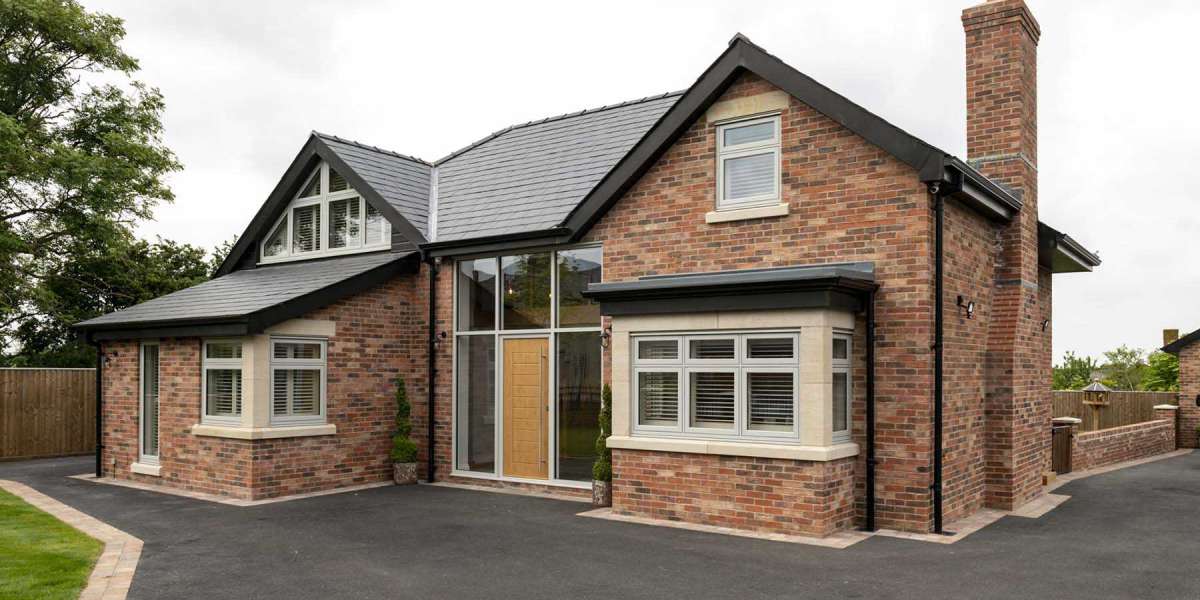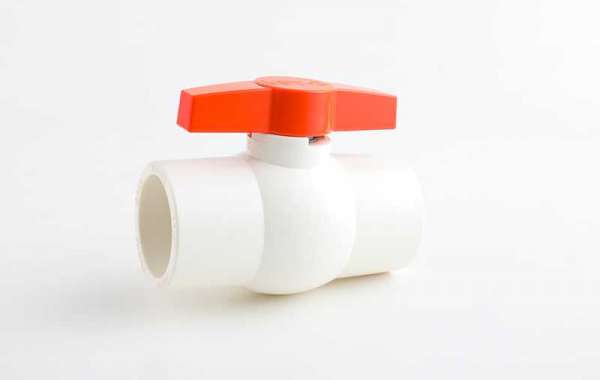Glass balustrades have emerged as a prominent feature in modern architectural design, combining aesthetic appeal with safety and functionality. As urban environments evolve and the demand for innovative design solutions increases, glass balustrades offer a versatile option for both residential and commercial applications. This article delves into the characteristics, benefits, and various uses of glass balustrades, emphasizing their role in contemporary architecture.
Understanding Glass Balustrades
A balustrade is a railing system that consists of a series of vertical posts (balusters) and a top rail, which serves to protect people from falling off elevated surfaces, such as balconies, staircases, and terraces. Glass balustrades utilize glass panels instead of traditional materials like wood or metal, providing an unobstructed view while maintaining safety standards. These structures are typically made from tempered or laminated glass, ensuring they are robust enough to withstand environmental pressures and impacts.
Aesthetic Appeal
One of the most significant advantages of glass balustrades is their aesthetic contribution to a space. The transparency of glass creates an illusion of openness, making areas appear larger and more inviting. This feature is particularly beneficial in urban settings where maximizing natural light and views is essential. Glass balustrades can be customized in various thicknesses, tints, and finishes, allowing architects and designers to create unique looks that complement the overall design of a building.
Moreover, glass balustrades can be integrated with various architectural styles, from minimalist to contemporary and even traditional designs. The clean lines and sleek appearance of glass make it an ideal choice for modern homes and commercial spaces, enhancing the overall visual impact.
Safety and Durability
Safety is a paramount concern in any architectural design, and glass balustrades are engineered to meet stringent safety standards. The glass used in balustrades is typically tempered, which means it has been heat-treated to increase its strength, making it resistant to shattering. In the event of breakage, tempered glass fractures into small, blunt pieces that minimize the risk of injury.
Additionally, laminated glass is often used in balustrade applications, which consists of two or more layers of glass bonded together with an interlayer. This construction not only enhances safety but also provides sound insulation and UV protection. The durability of glass balustrades ensures that they can withstand harsh weather conditions, making them suitable for both indoor and outdoor applications.
Low Maintenance Requirements
Glass balustrades require minimal maintenance compared to traditional materials. They are resistant to corrosion, rust, and decay, which are common issues with metal and wood balustrades. Cleaning glass surfaces is straightforward, typically requiring only regular washing with soapy water or a glass cleaner to maintain clarity and shine. This ease of maintenance is particularly advantageous in commercial settings where appearance is crucial.
Versatility in Design
Glass balustrades can be employed in various applications, including residential, commercial, and public spaces. In residential settings, they are commonly used for staircases, balconies, and terraces, providing both safety and unobstructed views. For commercial properties, glass balustrades are often utilized in shopping malls, office buildings, and hotels, enhancing the overall aesthetic while ensuring safety for patrons.
In public spaces, such as parks and waterfronts, glass balustrades can serve as protective barriers without obstructing views of the surrounding environment. This versatility allows architects to incorporate glass balustrades into diverse designs, adapting to the unique requirements of each project.
Environmental Considerations
As sustainability becomes increasingly important in architectural design, glass balustrades can contribute to eco-friendly building practices. Glass is a recyclable material, and when manufactured responsibly, it can have a lower environmental impact compared to other materials. Furthermore, the use of glass can enhance energy efficiency by allowing natural light to penetrate indoor spaces, reducing the need for artificial lighting during the day.
Additionally, the longevity of glass balustrades means they do not need to be replaced frequently, minimizing waste over time. As architects and builders strive to create sustainable structures, glass balustrades offer an appealing option that aligns with green building principles.
Challenges and Considerations
While glass balustrades offer numerous benefits, there are also challenges to consider. The initial cost of installation can be higher than traditional materials, primarily due to the specialized manufacturing and installation processes required. However, the long-term benefits, including durability and low maintenance, often offset these initial expenses.
Another consideration is the potential for glass to become dirty or smudged, particularly in outdoor applications. Regular cleaning is essential to maintain the aesthetic appeal and transparency of the balustrades. Additionally, proper installation is crucial to ensure the structural integrity and safety of glass balustrades, necessitating skilled professionals to handle the installation process.

Conclusion
Glass balustrades represent a fusion of safety, aesthetics, and functionality in modern architectural design. Their transparent nature enhances the visual appeal of spaces while providing essential safety features. With low maintenance requirements and versatility in design, glass balustrades are suitable for a wide range of applications, from residential to commercial and public spaces.
As the architectural landscape continues to evolve, glass balustrades will undoubtedly play a significant role in shaping the future of design. Their ability to integrate seamlessly into various styles and environments, coupled with their sustainability credentials, positions them as a preferred choice for architects and builders seeking innovative solutions. As we move forward, the continued exploration of glass balustrades will likely uncover new possibilities and applications, further solidifying their place in modern architecture.








